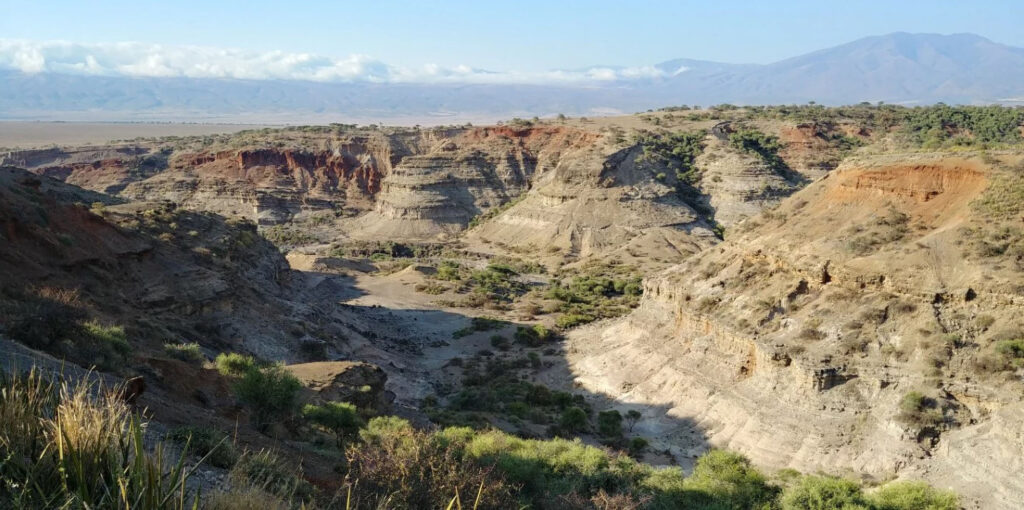Scientists have used ostrich egg shell beads to map a 50,000-year-old social network – the world’s oldest, they claim – spanning Africa after over a decade of gathering data.
The new archaeological study from the Max Planck Institute shows an “ancient connection between populations 3,000 kilometres (1,864 miles) apart, and provides a first direct link between climate change and ancient human social behaviour”.
The Max Planck Institute released a statement about the research, which was conducted by Jennifer M. Miller and Yiming V. Wang and has been published in the academic journal Nature under the title ‘Ostrich eggshell beads reveal 50,000-year-old social network in Africa’.
Ostrich eggshell beads, historically made by humans as a form of jewellery, are one of the most common archaeological artefacts found on the African continent.

(Jennifer Miller/Newsflash)
In its statement, the Max Planck Institute said: “Ostrich eggshell (OES) beads are ideal artifacts for understanding ancient social relationships. They are the world’s oldest fully manufactured ornaments, meaning that instead of relying on an item’s natural size or shape, humans completely transformed the shells to produce beads.”
Miller, the lead-author of the study, added: “It’s like following a trail of breadcrumbs.”
Miller and Wang assembled the “largest ever database of ostrich eggshell beads” to search for signs of “population connectivity”.
The database “includes data from more than 1500 individual beads unearthed from 31 sites across southern and eastern Africa, encompassing the last 50,000 years”, according to the statement.
The statement added: “Gathering this data was a painstakingly slow process that took more than a decade.”
Wang said that “the result is surprising, but the pattern is clear”, adding that “throughout the 50,000 years we examined, this is the only time period that the bead characteristics are the same.”
The Max Planck Institute claims that this “eastern-southern connection at 50-33,000 years ago is the oldest social network ever identified” and it “coincides with a particularly wet period in eastern Africa”.

(Yiming Wang/Newsflash)
The statement added: “However, signs of the regional network disappear by 33,000 years ago, likely triggered by a major shift in global climates. Around the same time that the social network breaks down, eastern Africa experienced a dramatic reduction in precipitation as the tropical rain belt shifted southward.
“This increased rain in the large area connecting eastern and southern Africa (the Zambezi River catchment), periodically flooding riverbanks, and perhaps creating a geographic barrier that disrupted regional social networks.”
Wang said: “Through this combination of paleoenvironmental proxies, climate models, and archaeological data, we can see the connection between climate change and cultural behavior.”
Miller said: “These tiny beads have the power to reveal big stories about our past. We encourage other researchers to build upon this database, and continue exploring evidence for cultural connection in new regions.”
To find out more about the author, editor or agency that supplied this story – please click below.
Story By: Joseph Golder, Sub-Editor: William McGee, Agency: Newsflash
The Ananova page is created by and dedicated to professional, independent freelance journalists. It is a place for us to showcase our work. When our news is sold to our media partners, we will include the link here.




